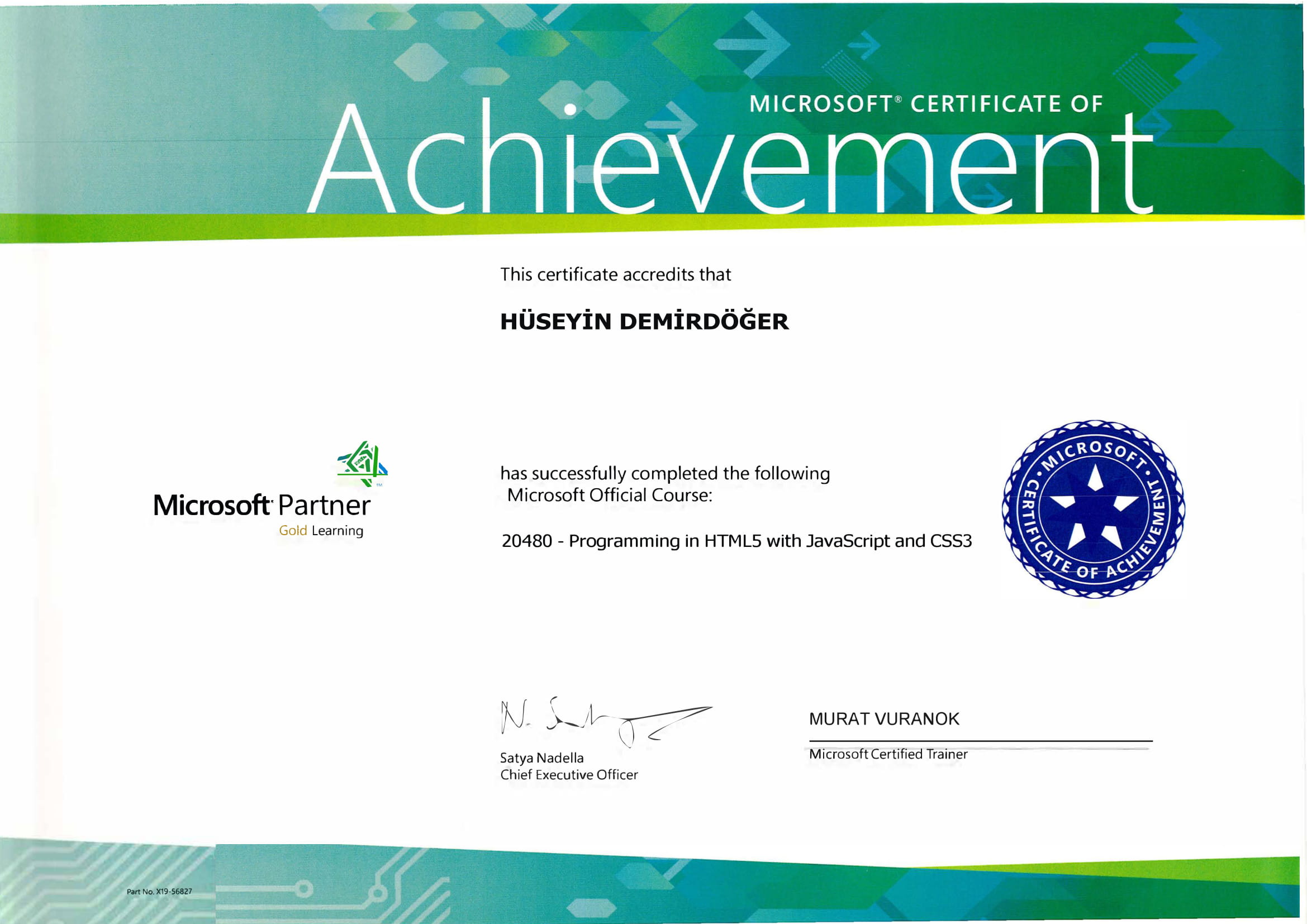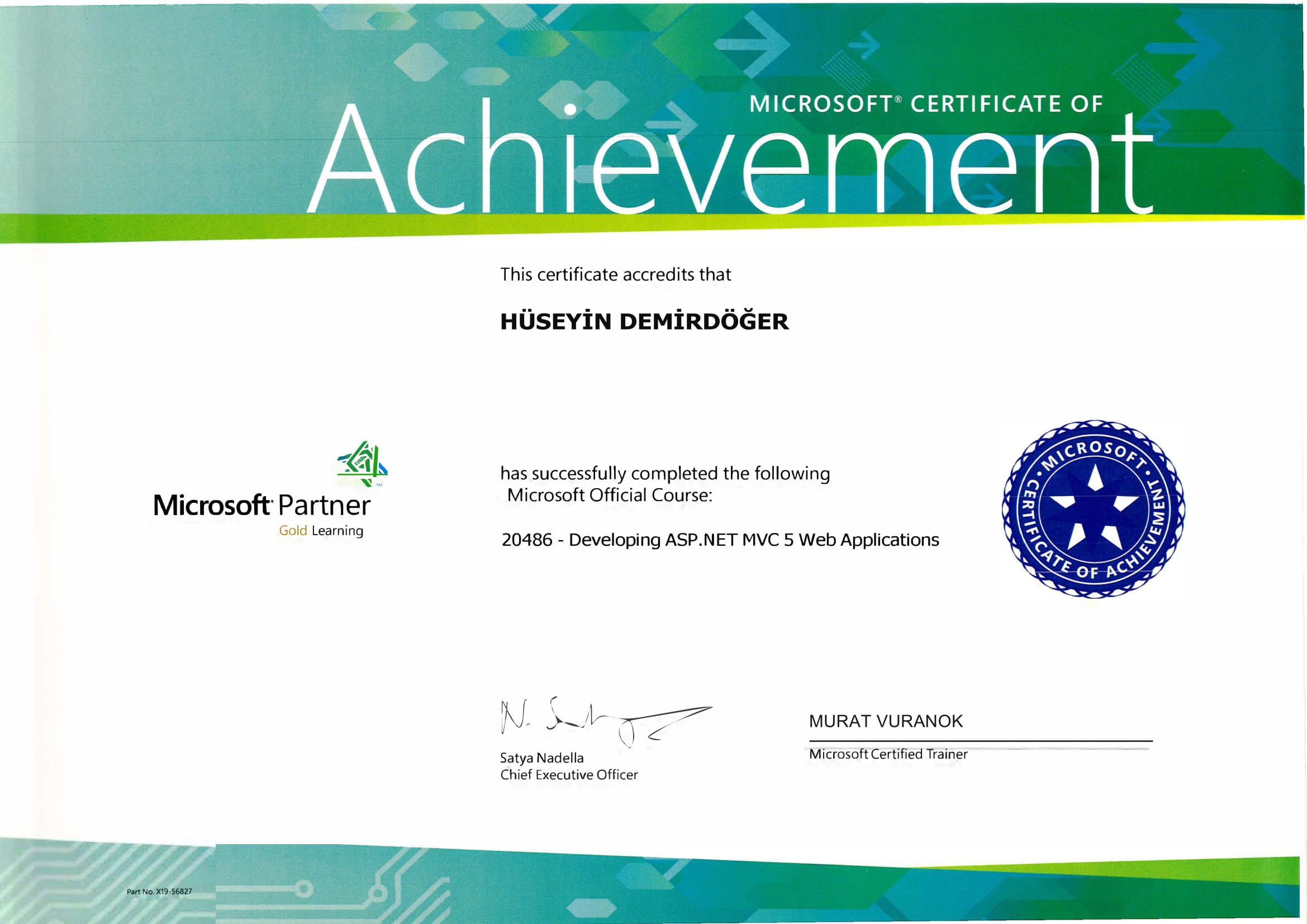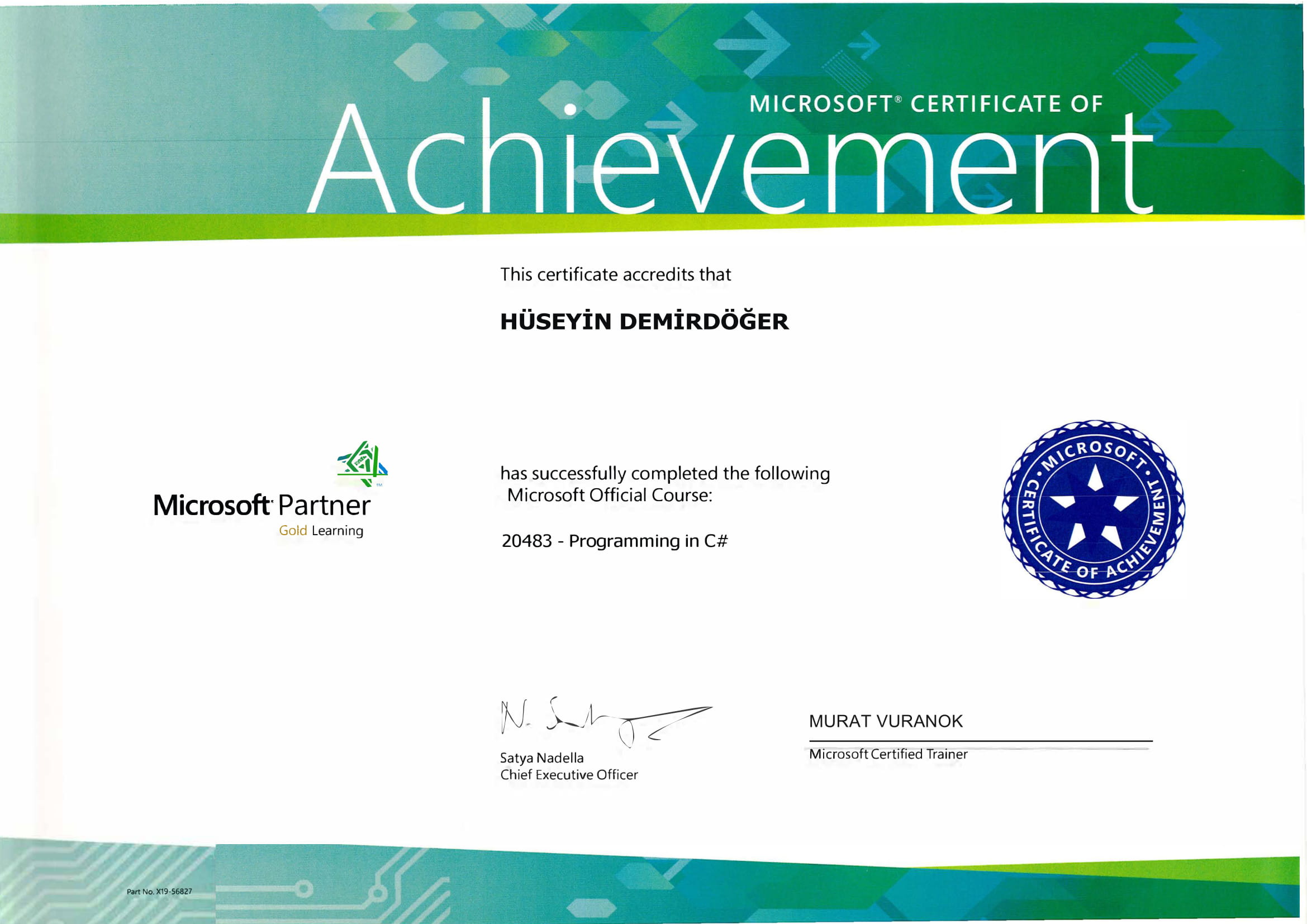Encountering error codes during a file transfer or when trying to access your data can be incredibly frustrating, especially when your plans are derailed by cryptic messages like Windows Error Code 0x8007045D. This error usually pops up when you’re trying to transfer or copy files from one storage medium to another, such as from an external hard drive or USB device to your computer. Understanding and solving this issue is crucial for protecting your data and maintaining the smooth operation of your system.
What Triggers Windows Error Code 0x8007045D?
This error is commonly linked to problems in reading or writing data, often due to hardware issues, cryptic device errors, or file corruption. Encountering this error might mean your external drive (or the files stored on it) is failing. It can also occur due to conflicts in the system's driver settings or when the system cannot handle input/output requests efficiently.
Common Symptoms:
- You see an error message reading “The request could not be performed because of an I/O device error.”
- Sudden crashes or freezes while transferring files.
- Error prompts when accessing specific files or folders.
Troubleshooting Windows Error Code 0x8007045D
Here’s a step-by-step guide to resolving this issue and safeguarding your data:
Step 1: Check for Device Faults
Before diving into system configurations, ensure your hardware is intact.
- Reconnect the Device: Unplug the external drive and try connecting it to a different USB port.
- Inspect the Cable: Sometimes the cable might be damaged. Replacing the cable could resolve the issue.
Step 2: Run the CHKDSK Utility
Utilize Windows’ built-in utility to scan and repair disk errors.
- Open a Command Prompt with administrative rights.
- Enter
chkdsk /f /r X:(replace ‘X’ with the drive letter of your external device). - Follow the prompts and allow the system to check for errors.
Step 3: Update Drivers
Outdated or corrupt drivers can trigger error 0x8007045D. Updating them might help.
- Go to Device Manager.
- Locate your external storage device under Disk drives.
- Right-click and select ‘Update driver.’
For further guidance on driver issues, you might want to explore solutions for driver update failures.
Step 4: Clean the System Registry
Although handling the registry should be done cautiously, cleaning out unnecessary entries can alleviate conflicts.
- Use a reputable registry cleaner to make this process smoother.
- Regularly cleaning the registry can prevent various system errors.
When Persistent Errors Occur
Sometimes, despite your best efforts, the error persists. It might point towards deeper system file issues or even a corrupted Windows environment. For similar problems, you might find insight by referencing solutions for system file issues or access-denied issues.
External Resources
Referring to Microsoft’s official support page could offer further guidance tailored to your specific Windows version. Community forums on TechNet can also be invaluable for peer assistance.
Final Thoughts
Managing and resolving Windows Error Code 0x8007045D doesn’t have to signal endless headaches. By methodically checking hardware, utilizing built-in utilities, and addressing driver concerns, you can often resolve the underlying issues efficiently. Have you faced similar challenges? What was your approach? Your experiences could guide others facing the same roadblocks.
By remaining proactive about maintaining your system, you can ensure your data is secure and accessible when you need it most.


















